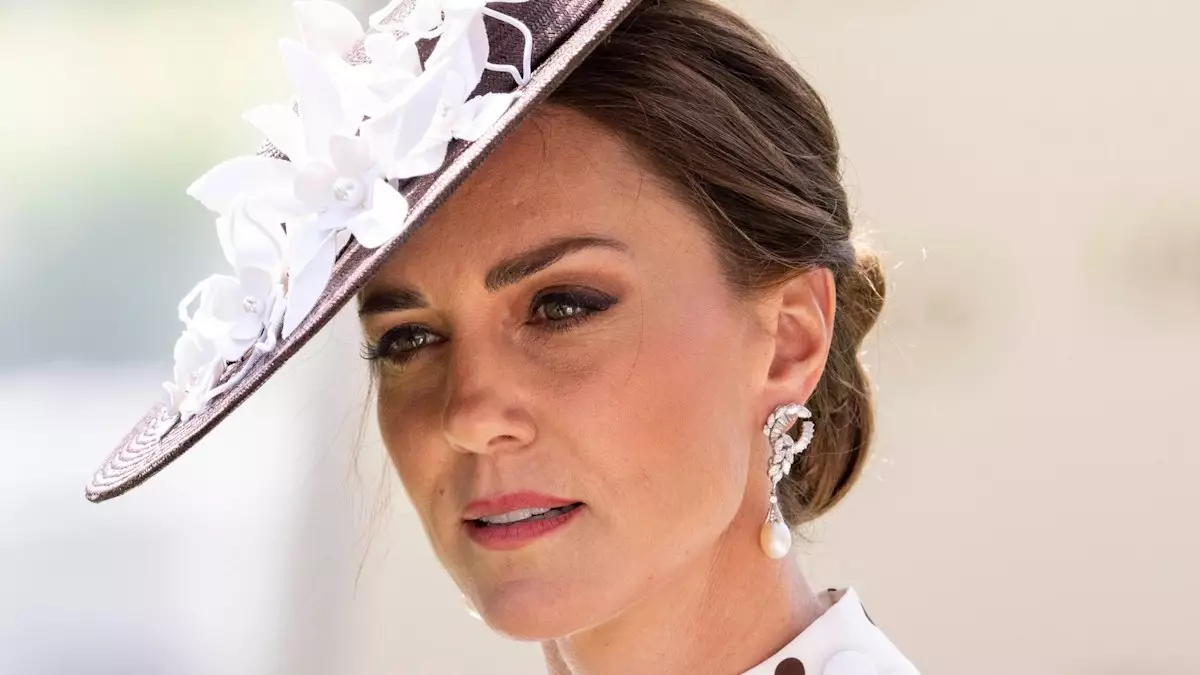The recent news that the Princess of Wales has opted out of attending Royal Ascot is emblematic of the delicate dance between royal duties and personal health that she currently navigates. At 43, Kate Middleton has faced profound challenges, notably her battle with cancer, which necessitated an invasive six-month course of preventative chemotherapy last year. Her decision to prioritize her well-being over participation in this illustrious social event reflects a fundamental shift in how we perceive resilience in public figures.
This absence, albeit disappointing for both the Princess and her supporters, symbolizes something far greater than just a missed social occasion. It underscores the necessity of self-care and the importance of recognizing one’s limitations—even when one holds a public position. The sight of William stepping into a prominent role to award prizes during the event adds another layer of complexity to the dynamics of royal expectation. It suggests that the family is not only backing Kate’s choice but is also highlighting the weight and significance of mental health awareness within public life.
A Shift in Royal Traditions
Traditionally, Royal Ascot is a showcase of opulence and royal appearances, where the attendees are treated to a spectacle of fashion, culture, and sport. Kate’s absence disrupts this narrative, compelling the public to rethink the rigid expectations surrounding royal participation. Amid vigorous engagements, she remains a relatable figure—an icon dealing with real-life struggles. This shift could catalyze a broader cultural renaissance where vulnerability is embraced instead of concealed, encouraging others in similar positions to advocate for their health and mental well-being.
The presence of her mother, Carole Middleton, and sister-in-law Alizee Thevenet among the gathered crowd embodies familial support and demonstrates the value of personal relationships. The royal family had been expected to pull together for one another amidst trials, showcasing a more modern, human aspect of their lives.
Reflections on Her Public Image
Despite stepping back from Ascot, Kate has managed to make an impact through her appearances earlier in the week. Dressed in an exquisite aquamarine and white Catherine Walker coat dress during Trooping the Colour, she captivated the audience, illustrating that her grace and style endure. This ability to shine, even while navigating personal difficulties, begets admiration and compassion from the public, fostering a community-centric view of the monarchy.
Notably, Kate’s journey resonates deeply with many who face health crises. By choosing to focus on her recovery, she offers a new narrative—one that elevates authenticity over facade. This could be interpreted as an invitation to the public to engage in more open conversations about health, support systems, and the often-overlooked human side of those in positions of authority.
The Princess of Wales is not merely a royal figurehead. She represents the ongoing struggle for balance between duty and personal well-being, illustrating that vulnerability can coexist with strength. In doing so, she sets a powerful example, inspiring many to prioritize their health over societal expectations, ultimately redefining what it means to be resilient in the face of adversity.

